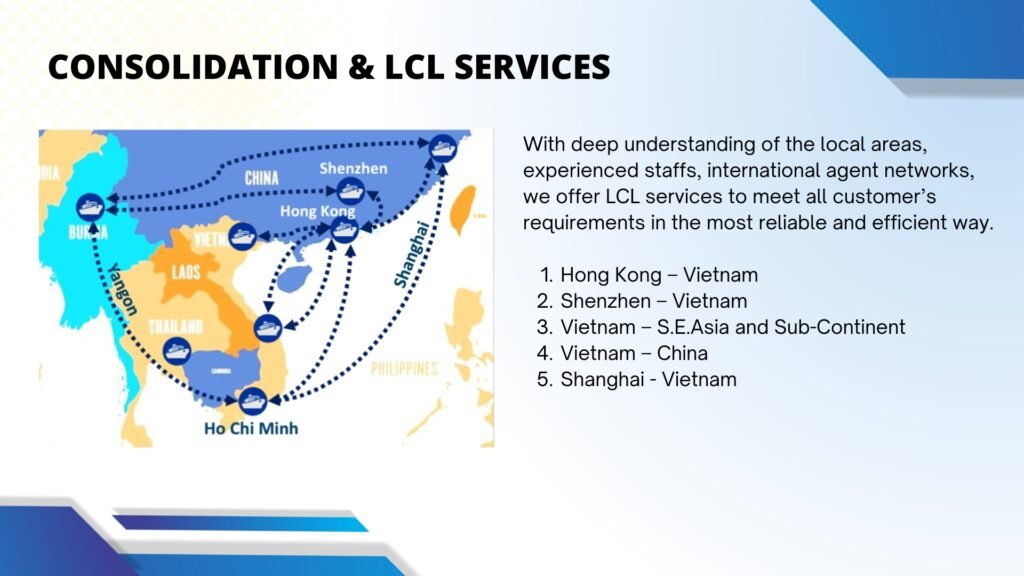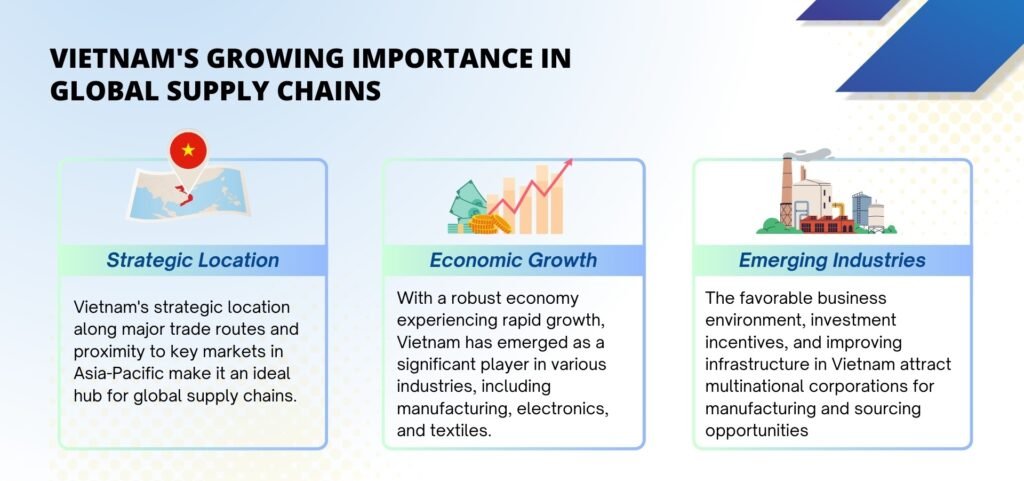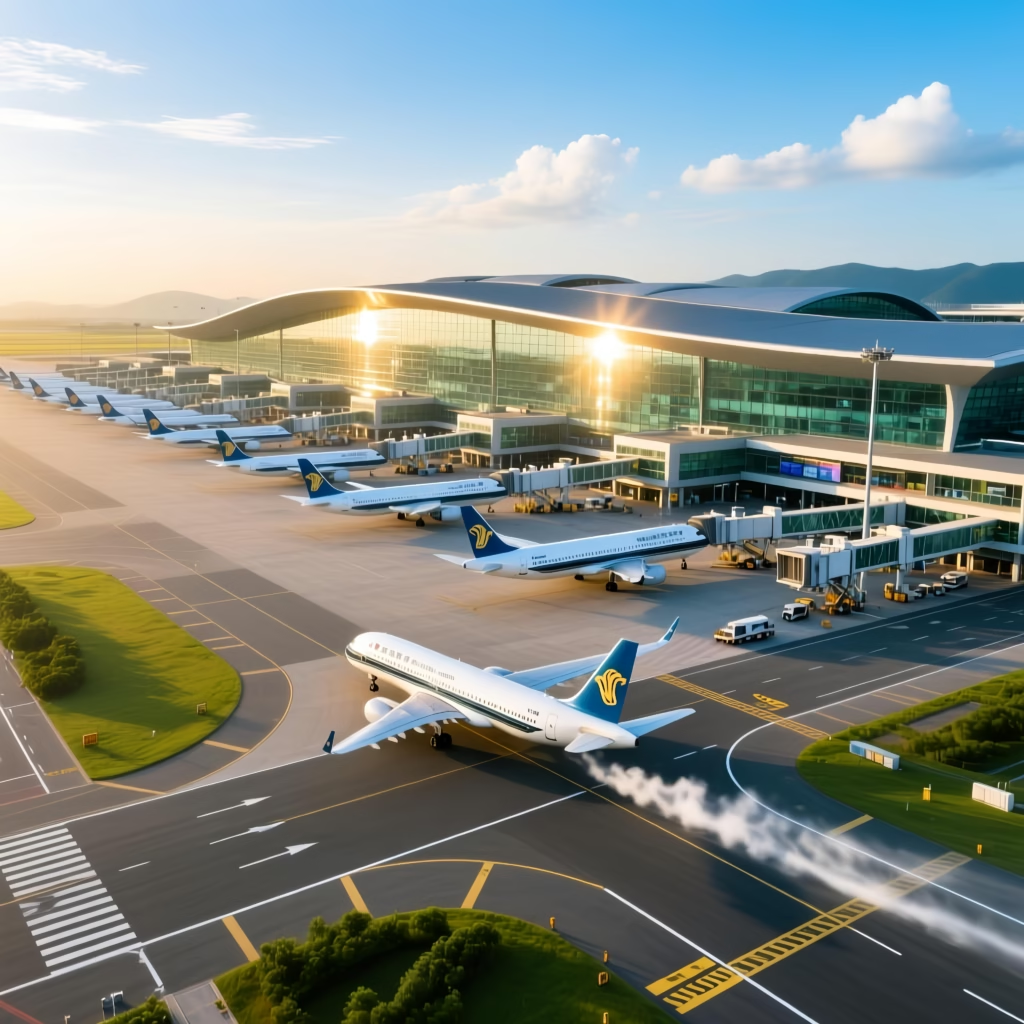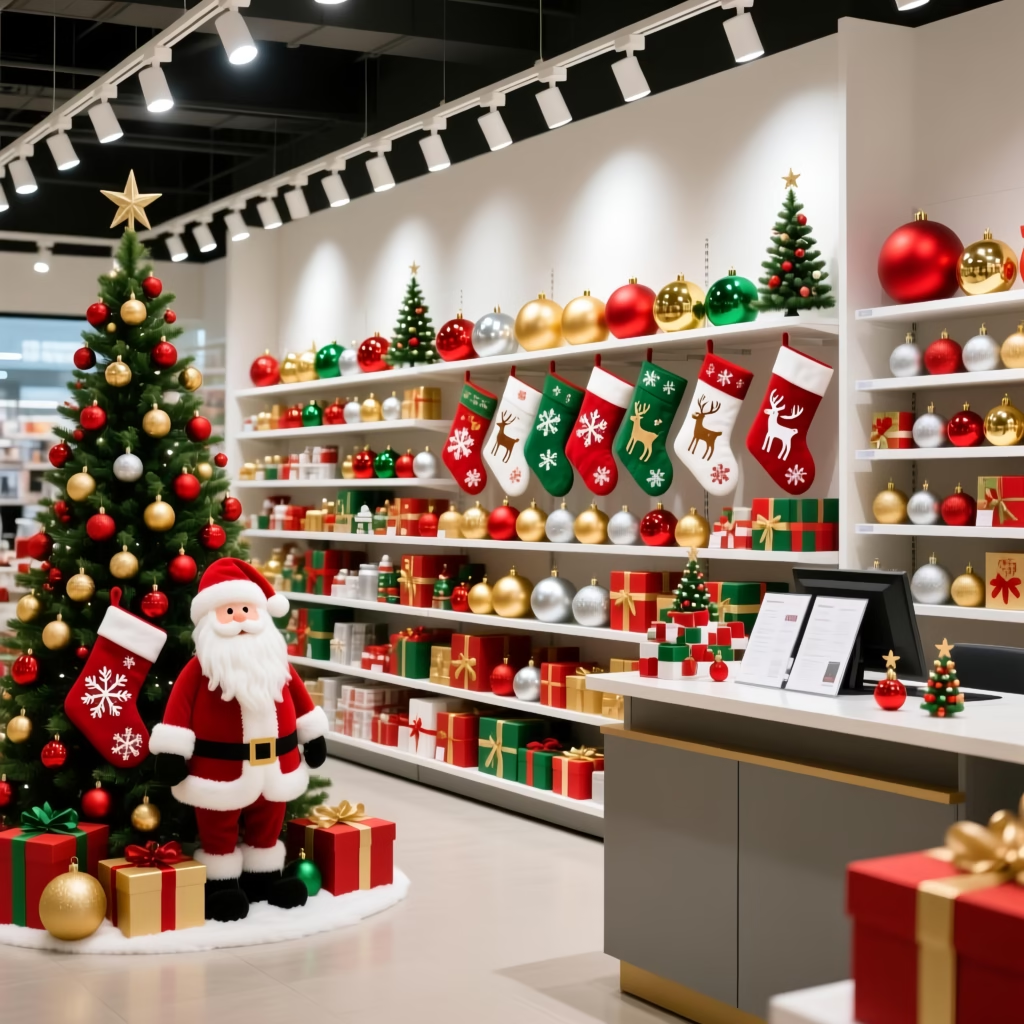How to Optimize Textile Logistics China-Vietnam LCL Consolidation Service
The textile industry has long been a cornerstone of global trade, with China and Vietnam playing pivotal roles in this sector. As the demand for textiles continues to grow, efficient logistics solutions become paramount to maintaining a competitive edge. In this blog post, we delve into the intricacies of optimizing textile logistics for China-Vietnam LCL (Less than Container Load) consolidation service.
Understanding LCL Consolidation
Before diving into the specifics of optimizing textile logistics, it’s essential to understand what LCL consolidation entails. LCL consolidation involves combining smaller shipments from multiple shippers into a single container for transport to a common destination. This method is particularly advantageous for shippers with insufficient cargo to fill an entire container (FCL, Full Container Load), as it offers cost savings and flexibility.
Advantages of LCL Consolidation
Cost Savings: By sharing container space, LCL consolidation allows shippers to pay only for the space they use, reducing transportation costs.
Flexibility: Suitable for a variety of goods and quantities, LCL consolidation caters to the needs of different shippers.
Simplified Procedures: Freight forwarders often handle customs clearance and other formalities, reducing the burden on shippers.
Challenges in Textile Logistics China-Vietnam
The textile logistics landscape between China and Vietnam presents unique challenges, including long distances, customs clearance complexities, and the need for timely delivery. Here are some specific challenges:
Customs Clearance: Both China and Vietnam have rigorous customs regulations, requiring thorough documentation and adherence to various procedures.
Fragility of Textiles: Textiles are often delicate and require careful handling to avoid damage during transportation.
Time Sensitivity: The fashion industry, a significant consumer of textiles, demands quick turnaround times, making timely delivery crucial.
Steps to Optimize Textile Logistics China-Vietnam LCL Consolidation Service
To overcome these challenges and optimize textile logistics for China-Vietnam LCL consolidation service, follow these comprehensive steps:
- Select a Reliable Freight Forwarder
Choosing the right freight forwarder is the foundation for successful LCL consolidation. Look for a forwarder with:
Legitimate Credentials: Ensure the forwarder has the necessary licenses and certifications, such as an International Freight Forwarder License and Customs Broker License.
Experience and Expertise: Prioritize forwarders with extensive experience in handling textile logistics and a deep understanding of the China-Vietnam market.
Comprehensive Services: Look for a one-stop service provider that offers services from booking, packing, transportation, customs clearance, to local delivery at the destination.
Cost Transparency: Clarify all fees, including ocean freight, consolidation fees, port handling charges, and customs clearance fees, to avoid hidden costs.
- Proper Packaging and Labeling
Textiles require careful packaging to prevent damage during transportation. Follow these guidelines:
Suitable Packaging Materials: Choose packaging materials that are appropriate for textile goods, such as moisture-proof and tear-resistant materials.
Adequate Protection: Ensure textiles are adequately padded and protected, especially if they are delicate or prone to wrinkling.
Clear Labeling: Clearly label each package with the shipper’s details, destination information, and any special handling instructions.
- Accurate Inventory and Documentation
Accurate inventory and thorough documentation are crucial for smooth customs clearance and delivery.
Detailed Inventory: Maintain a detailed inventory of all textile items, including quantities, descriptions, and values.
Comprehensive Documentation: Prepare all necessary documents, including commercial invoices, packing lists, certificates of origin, and any other required permits or certifications.
Electronic Records: Maintain electronic copies of all documents for easy access and quick retrieval.
- Customs Clearance Strategies
Customs clearance can be a time-consuming and complex process. To streamline this, consider the following strategies:
Early Preparation: Begin preparing customs documentation well in advance to avoid last-minute rushes.
Electronic Submission: Utilize electronic customs clearance systems to expedite the process.
Compliance with Regulations: Ensure all documentation complies with both Chinese and Vietnamese customs regulations.
Professional Assistance: Engage the services of a customs broker or a freight forwarder with strong customs clearance capabilities.
- Efficient Transportation and Tracking
Efficient transportation and real-time tracking are essential for timely delivery and peace of mind.
Optimal Route Planning: Work with your freight forwarder to plan the most efficient route, considering factors such as port congestion, weather conditions, and transit times.
Real-Time Tracking: Utilize tracking systems provided by your freight forwarder to monitor the shipment’s progress in real-time.
Contingency Plans: Have contingency plans in place to address potential delays or disruptions, such as alternative shipping routes or expedited services.
- Local Delivery and After-Sales Support
Local delivery and after-sales support are the final touches that can make or break a successful logistics operation.
Trusted Local Partners: Partner with reliable local delivery services in Vietnam to ensure timely and secure delivery.
Clear Communication: Maintain clear communication with the local delivery service to address any issues promptly.
After-Sales Support: Offer after-sales support, such as handling any damages or discrepancies, to enhance customer satisfaction.
- Continuous Improvement and Feedback Loop
Logistics is a dynamic process that requires continuous improvement. Establish a feedback loop to identify areas for enhancement.
Regular Reviews: Conduct regular reviews of your logistics operations to identify areas for improvement.
Customer Feedback: Seek feedback from customers to understand their needs and expectations.
Technological Upgrades: Invest in technological upgrades, such as advanced tracking systems and automation tools, to improve efficiency and accuracy.
Case Study: Optimizing Textile Logistics for a Chinese Textile Manufacturer
Let’s delve into a case study to illustrate how these steps can be applied in practice.
A Chinese textile manufacturer exports a variety of fabrics to Vietnam for further processing and distribution. To optimize its logistics operations, the manufacturer follows these steps:
Selection of Freight Forwarder: The manufacturer selects a freight forwarder with extensive experience in handling textile logistics between China and Vietnam. The forwarder offers a one-stop service, including booking, packing, transportation, customs clearance, and local delivery.
Packaging and Labeling: The fabrics are carefully packaged in moisture-proof and tear-resistant materials, with each package clearly labeled with the manufacturer’s details, destination information, and handling instructions.
Inventory and Documentation: The manufacturer maintains a detailed inventory of all fabrics and prepares comprehensive documentation, including commercial invoices, packing lists, and certificates of origin.
Customs Clearance: The freight forwarder assists with customs clearance, utilizing electronic submission systems to expedite the process. The manufacturer ensures all documentation complies with both Chinese and Vietnamese customs regulations.
Transportation and Tracking: The manufacturer works with the freight forwarder to plan the most efficient route and utilizes real-time tracking systems to monitor the shipment’s progress.
Local Delivery: Upon arrival in Vietnam, the manufacturer partners with a reliable local delivery service to ensure timely and secure delivery to the processing facility.
Continuous Improvement: The manufacturer conducts regular reviews of its logistics operations, seeking feedback from customers to identify areas for improvement. It also invests in technological upgrades to enhance efficiency and accuracy.
Conclusion
Optimizing textile logistics for China-Vietnam LCL consolidation service requires careful planning, attention to detail, and a commitment to continuous improvement. By selecting a reliable freight forwarder, ensuring proper packaging and labeling, maintaining accurate inventory and documentation, streamlining customs clearance, planning efficient transportation and tracking, ensuring smooth local delivery, and establishing a feedback loop for continuous improvement, textile manufacturers can achieve cost savings, improved efficiency, and enhanced customer satisfaction.
The textile industry is constantly evolving, and so must the logistics solutions that support it. By embracing innovation and staying adaptable, textile manufacturers can navigate the complexities of international logistics and thrive in an increasingly competitive market.
Langxu Freight is one of the more famous freight forwarding companies in China.If you need to purchase any goods in China, or are ready to start an e-commerce business/dropshipping business, let us give you the greatest help. If you need to purchase goods in China, we can provide you with comprehensive freight forwarding services, including quality supplier selection, product quality inspection, free warehousing in China, customs declaration, a variety of reliable and safe transportation plans, and on-time delivery services.
A Guide to China’s Top 5 Airports 2025
Soaring Through the Middle Kingdom: A Guide to China’s Top 5 Airports 2025, China’s meteoric…
The Ultimate Guide to Sourcing & Shipping Christmas Ornaments from China
The Ultimate Guide to Sourcing & Shipping Christmas Ornaments from China. The holiday season is…
Decoding Shunde: The Ultimate Guide to the World’s Appliance Capital
Decoding Shunde, If you’ve ever turned on a microwave, blended a smoothie, or adjusted your…
2025 air freight alibaba amazon business buy from china china cif ddp ddu ecommerce exw fba fcl fob freight freight forwarder goods guide how import india International logistics langxu freight forwarder lcl malaysia Mexico Netherlands Ocean Freight ports sea freight shenzhen ship from china shipping shipping agent sourcing Sourcing from China supply chain management top top 10 trade us usa vietnam what





